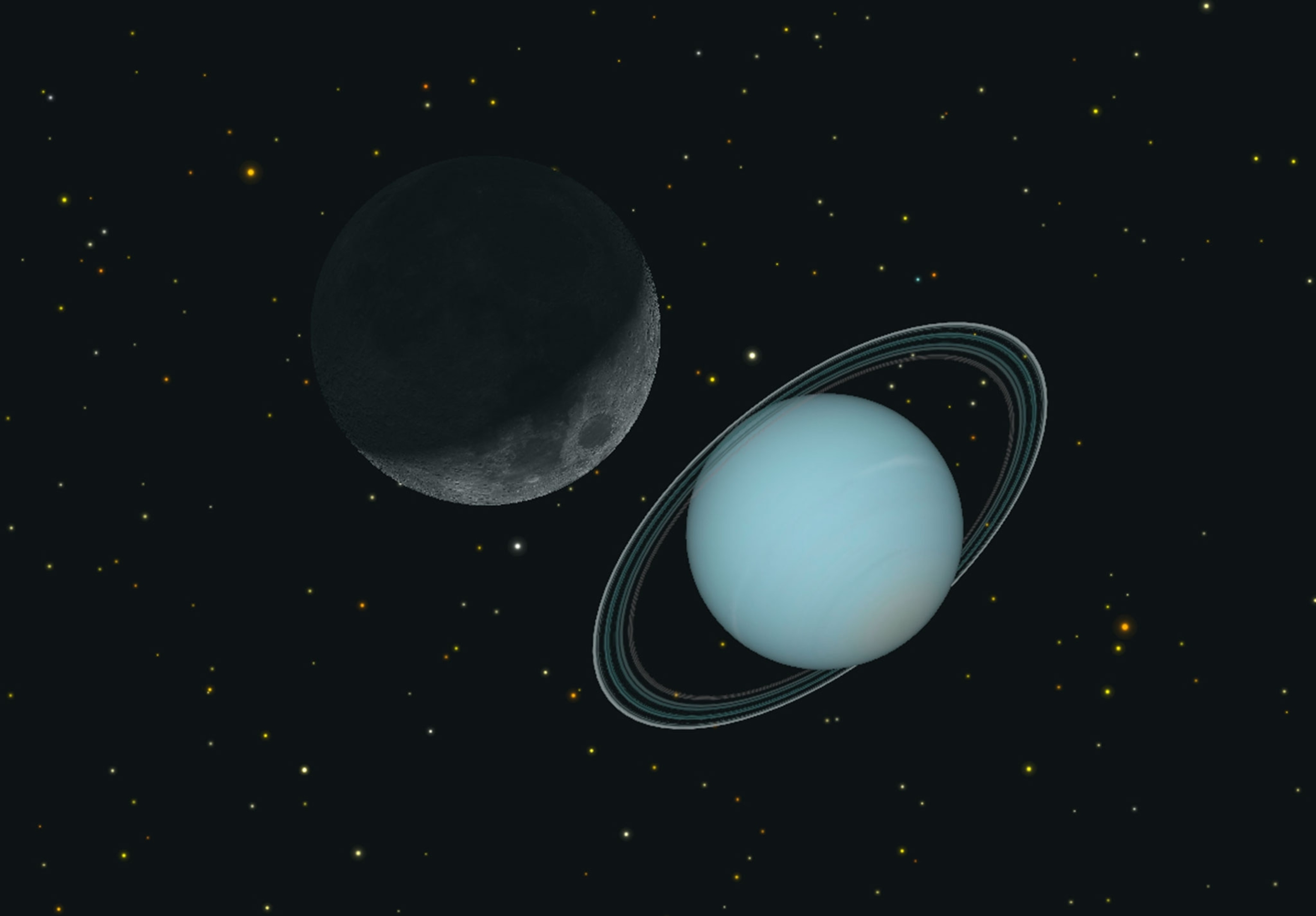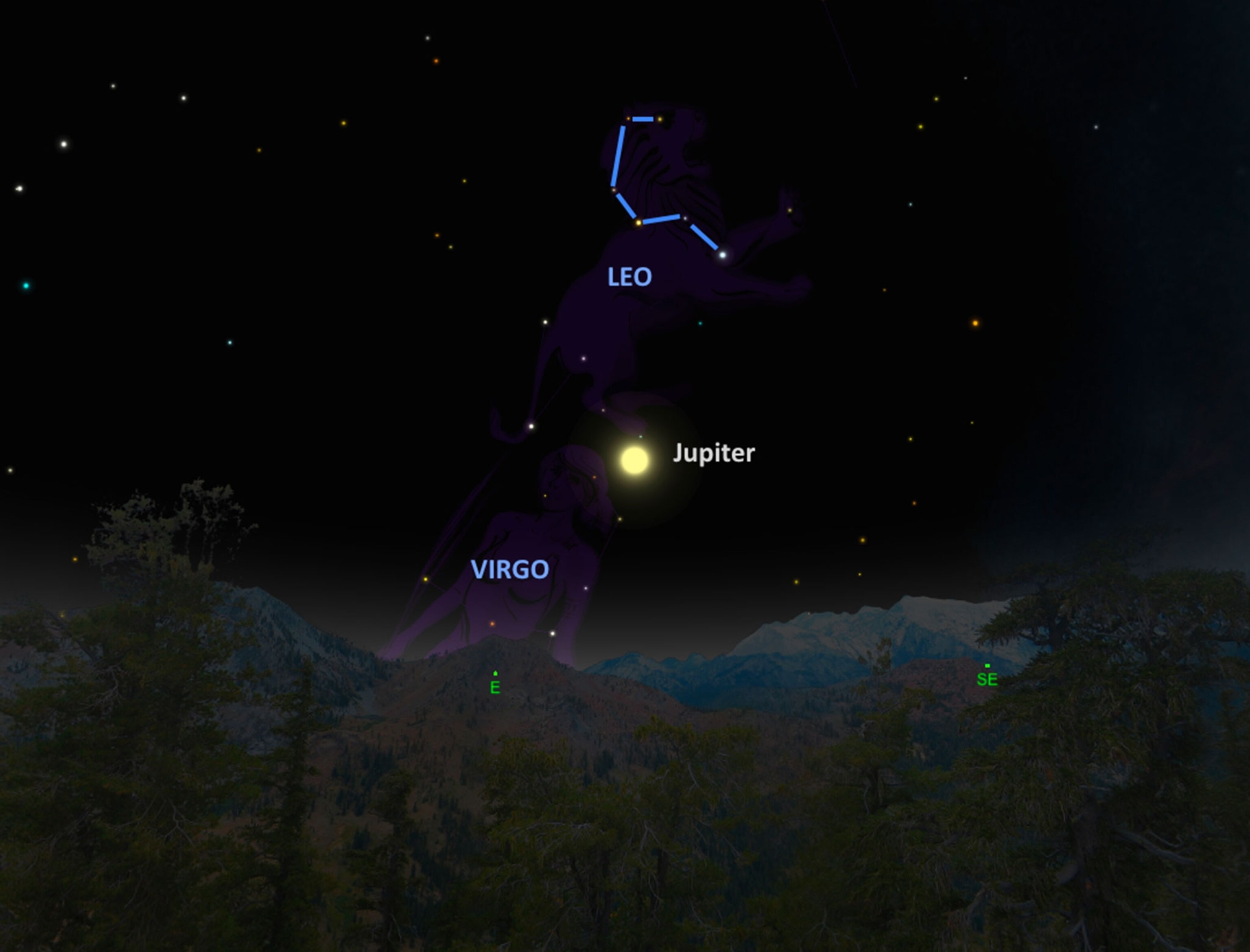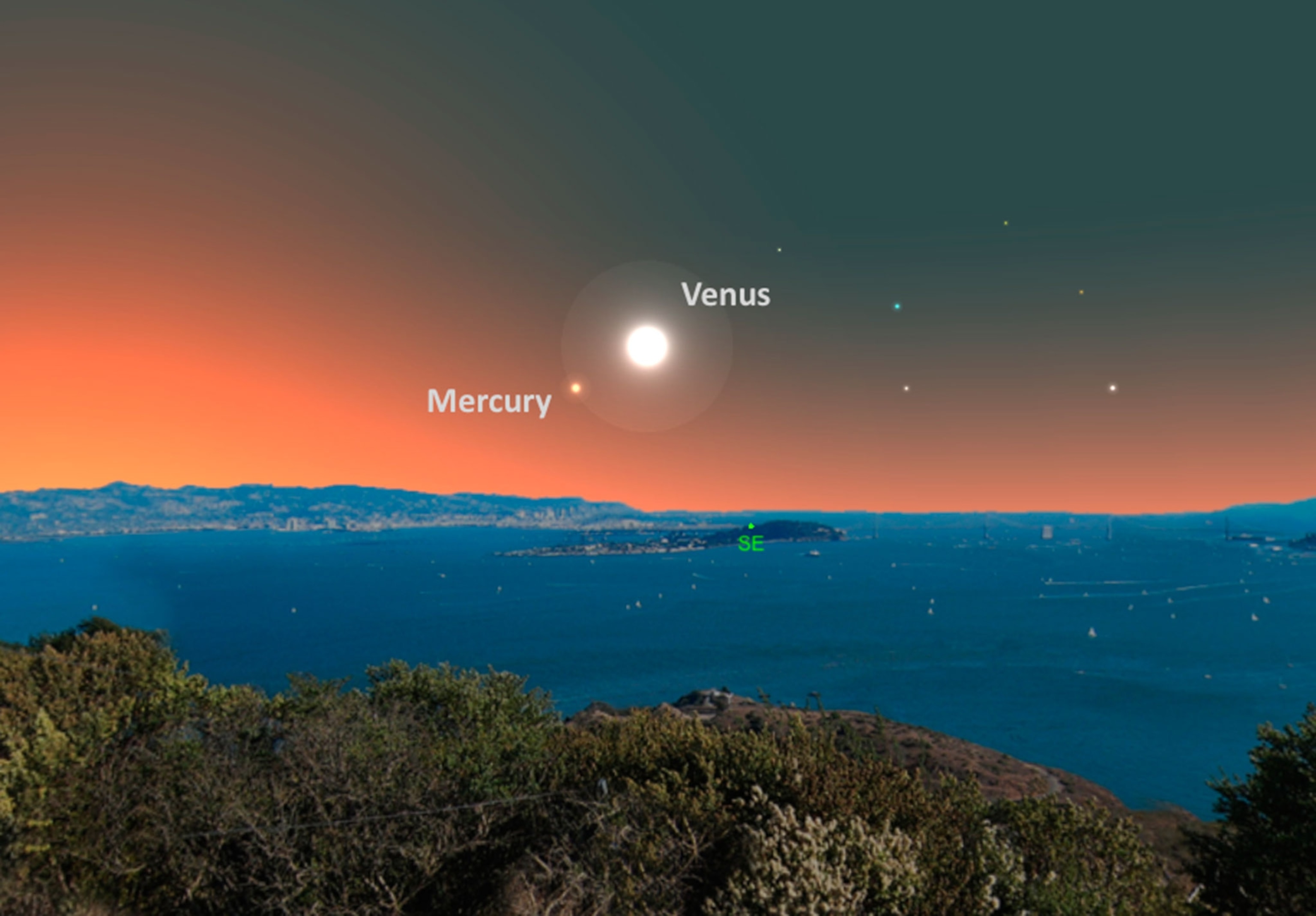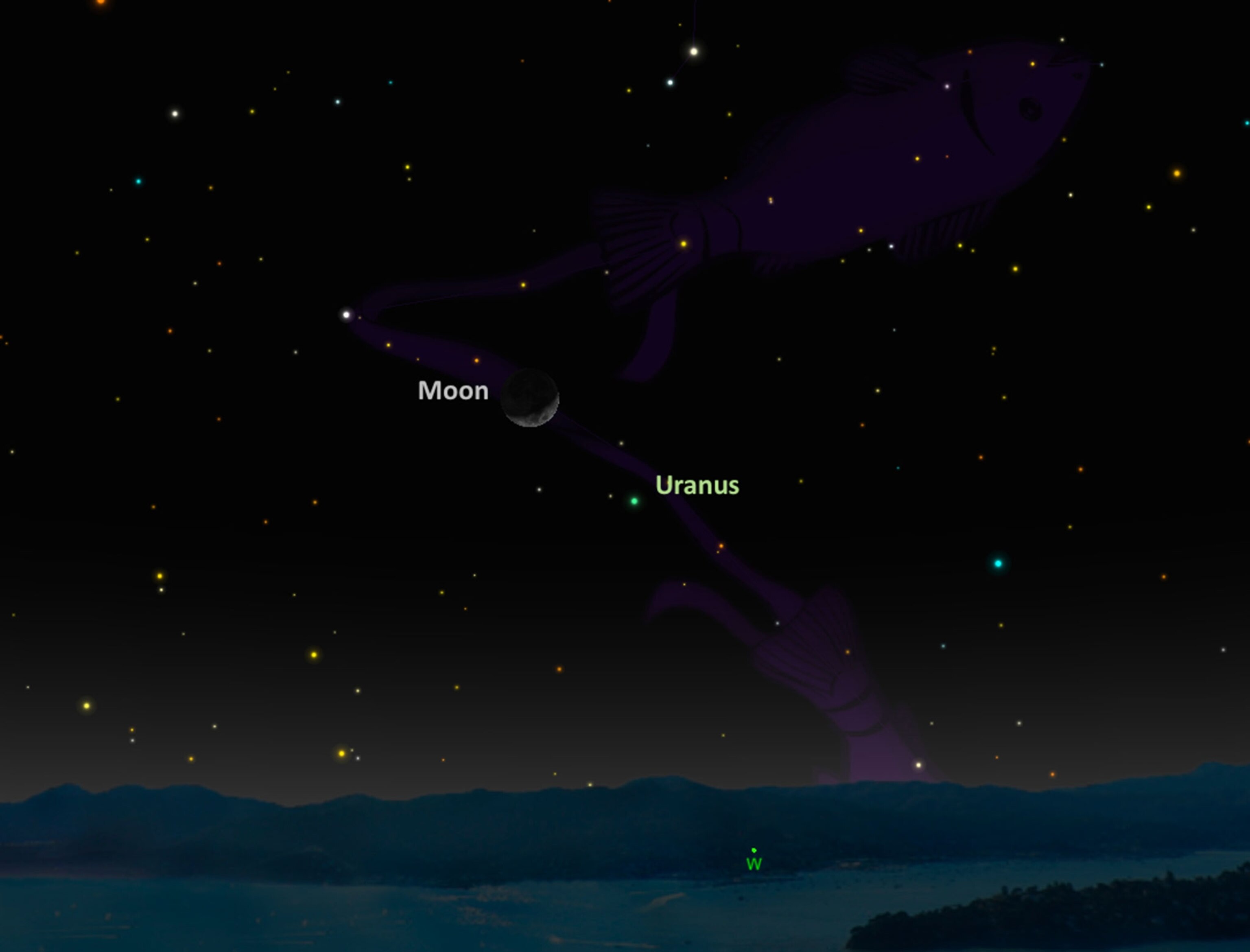
This Week’s Night Sky: A Meteor Shower and Dancing Giant Worlds
The Alpha Centaurids, Jupiter’s moon Europa, and the planet Uranus will all be visible this week.
Southern Sprinkle. The annual Alpha Centaurids meteor shower is expected to peak for two days beginning Monday, February 8.
The shower appears to radiate out of the southern constellation Centaurus, so skywatchers in the Southern Hemisphere will have the best view. The shower will be fairly easy to track down as it coincides with a moonless sky, and will be near the bright star Hadar, or Beta Centauri. Not very prolific, this shower generally produces only about six shooting stars per hour just before dawn on peak days. With estimated speeds of nearly 60 kilometers per second (over 134,000 miles per hour), Centaurids will streak across the sky in a fraction of a second.

Jovian Shadows. In the late evening on Thursday, February 11, skywatchers with backyard telescopes trained on Jupiter will see tiny black dots gliding across the planet’s cloud tops.
The first dot will be the shadow of the ice-encrusted moon Europa. It will be visible from 9:02 to 11:50 PM EST. Then the moon itself will make its trek in front of Jupiter from 10:15 PM to 1:00 AM.

Venus and Mercury. About a half hour before local sunrise on Friday, February 12 and Saturday, February 13, look for Mercury and Venus, which will appear quite close to each other.
The two worlds will be separated by just 4 degrees. Venus will be the brighter of the two, while Mercury may require binoculars to pick out in the glare of the rising sun. The best views will be toward the low southeast. Venus will be less than 10 degrees (roughly the size of your fist held at arm’s length) above the horizon.
Moon and Green Giant. After dark on Friday, February 12, look for the crescent moon to point the way to the seventh most distant planet from the sun, Uranus.

The cosmic pair will appear 5 degrees apart—about equal to the width of your three middle fingers held at arm’s length.
It was 30 years on January 24th that we got our first closeup of Uranus, when the Voyager 2 spacecraft flew past the distant ice world. Voyager 2 passed just 50,600 miles (81,500 kilometers) above Uranus, and brought us new views of its atmosphere, rings, and moons.

Clear skies!
Follow Andrew Fazekas, the Night Sky Guy, on Twitter, Facebook, and his website.





